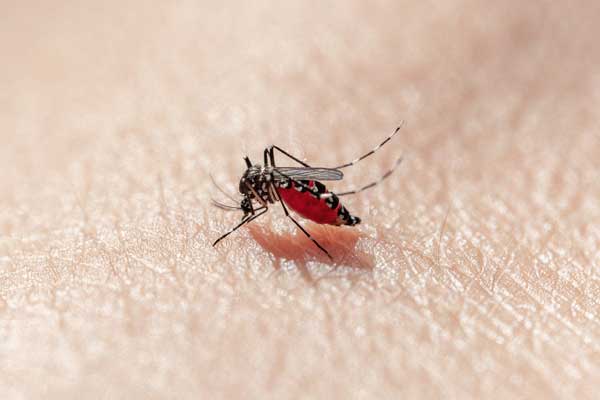Why Pu'er Tea is Usually Pressed
1. Common Pu'er tea products exist in various shapes. Although they are original leaf tea, they often appear in the shape of cakes, bricks, and Tuo after being pressed, which is different from the loose tea forms of other teas. From the perspective of brewing alone, this undoubtedly adds certain obstacles to the brewing of Pu'er tea. So what is the reason for doing this?

2. Analyze from the perspective of Pu'er tea transportation. There is a certain historical origin for steaming and pressing large and scattered Pu'er tea into various regular shapes, which was originally for the convenience of long-distance transportation.
A hundred years ago, the Ancient Tea Horse Road connected the production and sales areas of Pu'er tea. It may take a long time to travel from one market town to another. Starting from the production area, it goes west to Lhasa, Tibet, and even extends to Nepal, India and other places, or goes east to Kunming, Sichuan and other places, and then goes north to Beijing.
During such a long transportation, the quality of the crisp dry raw Pu'er tea will deteriorate when it reaches the destination, and the loose tea leaves also take up a large space, which is obviously not conducive to transportation.
Therefore, dry Pu'er tea cannot withstand the long-term transportation of horse caravans, and the problem is solved by pressing it into cakes, bricks, and 沱.

3. The dry and crisp raw tea becomes soft again under the moistening of steam, and then put into a special cloth bag, and then the gravity of the special stone mill presses the tea leaves to a moderate tightness, and then sun-drying to ensure that the moisture content of the tea leaves is reduced to meet the specified standards and avoid the tea leaves from getting moldy in the later stage.
Such regular and hard tea cakes, tea bricks, etc., are then packaged in waterproof bamboo shoot shells and protected by bamboo baskets, so there is no need to worry about transporting them on horseback.


%20--%3e%3c!DOCTYPE%20svg%20PUBLIC%20'-//W3C//DTD%20SVG%201.1//EN'%20'http://www.w3.org/Graphics/SVG/1.1/DTD/svg11.dtd'%3e%3csvg%20version='1.1'%20id='图层_1'%20xmlns='http://www.w3.org/2000/svg'%20xmlns:xlink='http://www.w3.org/1999/xlink'%20x='0px'%20y='0px'%20width='256px'%20height='256px'%20viewBox='0%200%20256%20256'%20enable-background='new%200%200%20256%20256'%20xml:space='preserve'%3e%3cpath%20fill='%23FFFFFF'%20d='M194.597,24.009h35.292l-77.094,88.082l90.697,119.881h-71.021l-55.607-72.668L53.229,232.01H17.92%20l82.469-94.227L13.349,24.009h72.813l50.286,66.45l58.148-66.469V24.009z%20M182.217,210.889h19.566L75.538,44.014H54.583%20L182.217,210.889z'/%3e%3c/svg%3e)




